How to bleed a radiator in 8 steps for extra warmth
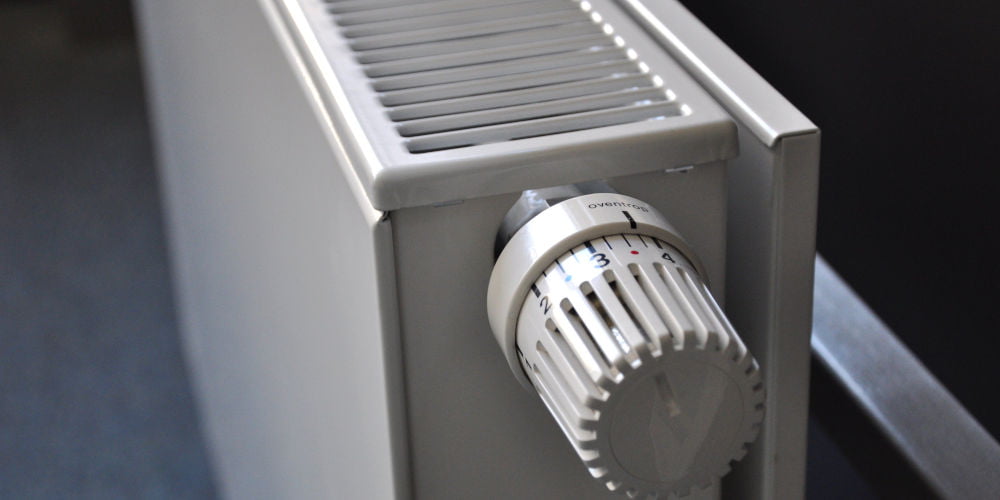
If you don’t know how to bleed a radiator, then you could be paying more on your energy bills and have a heating system that isn’t as efficient as it could be. Just as being able to rewire a plug is a useful skill, so is knowing how to bleed radiators.
In this short guide, we’ll explain how to bleed a radiator and why should do it often. We’ll also cover what do if you don’t have a radiator key but still need to bleed a radiator.
Why do you need to bleed radiators?
The reason why you need to bleed a radiator is simple. Air can become trapped inside your heating system, meaning it isn’t as efficient as it could be. Hot water from the boiler has less room to move around the system, so radiators can feel cold.
By releasing all the air in the system, hot water can flow more easily and your radiators will feel hotter, sooner. This process is known as bleeding a radiator (or sometimes bleeding a boiler).
How do you know a radiator needs bleeding?
It’s quite simple to tell if a radiator isn’t operating as efficiently as it could. If you run your hand over a radiator and the top feels warmer than the bottom, then it has air stuck inside which needs releasing.
You might hear your radiator make a flowing or clucking sound. Both are common signs that your heating system requires bleeding. Thankfully, it’s easy to bleed a radiator. Plus, doing it regularly will increase the system’s performance meaning you’ll spend less to heat your home.
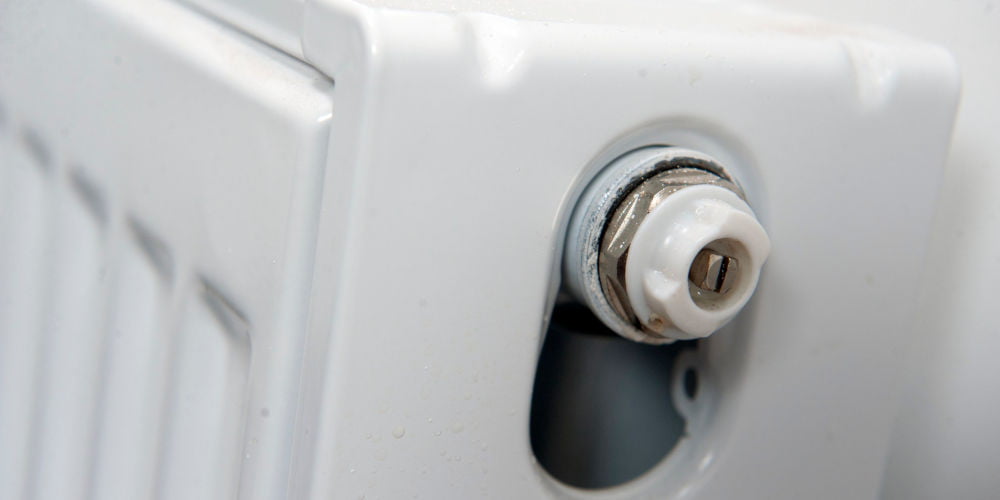
photo by CORGI HomePlan
What do you need to bleed a radiator?
You only need three things to bleed a radiator and you likely already have two:
- Radiator bleed key (widely available for a pounds)
- A cloth or towel
- Old ice-cream tub
#1 Turn your heating on
Before you can remove any trapped air in the system, you first need to turn the heating on. As the radiators warm up, pressure builds in the system which will push any unwanted air out.
#2 Identify which radiators need bleeding
With the heating on, you’ll next need to check every radiator. You might want to wear thin gloves to prevent you from burning yourself. There are a few things to look for which are signs that mean a radiator needs bleeding including:
- Can you hear gurgling sounds?
- Are there any damp patches or condensation surrounding your radiator or above it?
- Does the radiator take a long time to heat up?
- Are part of the radiator colder than other?
#3 Turn off your heating system
Before you can start to bleed a radiator or a few, you need to switch off your central heating. If you forget and leave your heating on, you might scald yourself. You could also find the floor ends up covered with water.
#4 Put a towel down
Typically the water in a heating system isn’t clear and could stain your light carpets. So you’ll want to put an old towel or two down on the floor to catch any water that the radiator may release.
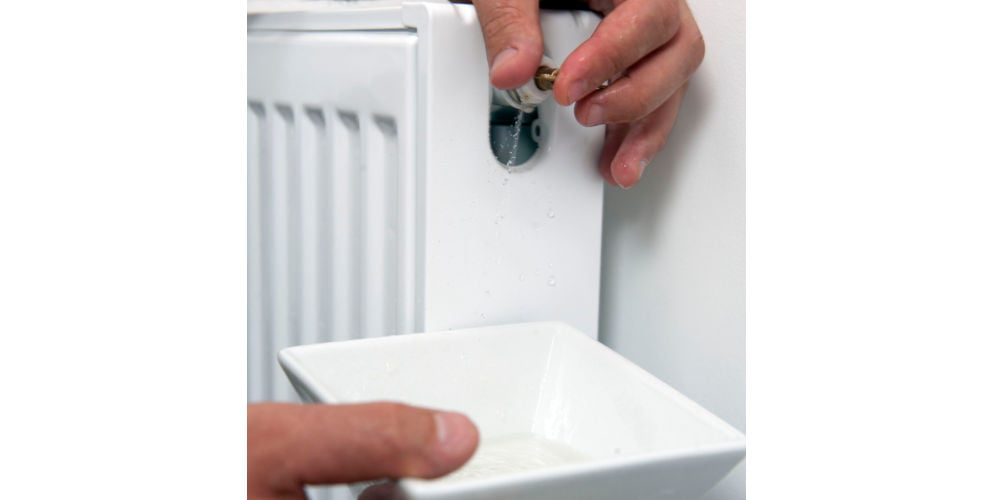
photo by CORGI HomePlan
#5 Open up the radiator bleed valve
Using a radiator bleed key, insert it into the bleed valve. This is usually found at the top of the radiator on the side and looks like a round hole with a square inside. You’ll feel the key lock into the valve as you insert it.
Next, carefully turn the valve anti-clockwise. As the air begins to escape you’ll hear a hissing sound. You’ll want to be careful as the escaping air could be hot and so it best to maintain a safe distance.
#6 Start to bleed a radiator
To bleed a radiator, you should only need to turn the valve between a quarter to half a tun. Don’t fully open the valve as once any air is removed, water will come rushing out. Don’t remove the bleed key as you might need to be able to quickly shut the valve.
Keep the valve open until the air stops being released and water starts to drip from the radiator. At this point, you’ve successfully bled the radiator. Finally, you should tighten the bleed valve by rotating the key clockwise but be careful not to over-tighten it.
#7 Repeat for all radiators
You’ll need to repeat the process until you’ve bled all radiators in your home. As hot air rises, you may want to start on the ground floor and work your way up.
#8 Check the pressure of your heating system
After bleeding all of your radiators, you’ll need to re-pressurise your heating system as it will lose some water during the process. If your system loses a large amount of water, then it might struggle to effectively heat upper floors or the system could completely fail.
Your boiler has a pressure gauge, which indicts if it has sufficient water pressure. Ideally, the gauge’s needle will be sat somewhere within the green region, meaning it fine.
If the needle is sat in the yellow region then you need to re-pressurise the system and increase it to between 1.5 and 1.5 bar. Locate the central filling loop connected to your boiler. This looks like a tap and is connected to your main water supply.
To increase the pressure, you’ll need to turn the tap slowly to release more water into the system. If you add too much pressure to the system and the needle move into the red region, then you’ll need to turn the bleed tap to release the excess.
You could release any excess pressure by bleeding a radiator but you’ll want to have a bucket handy as you’ll be removing water from the system.
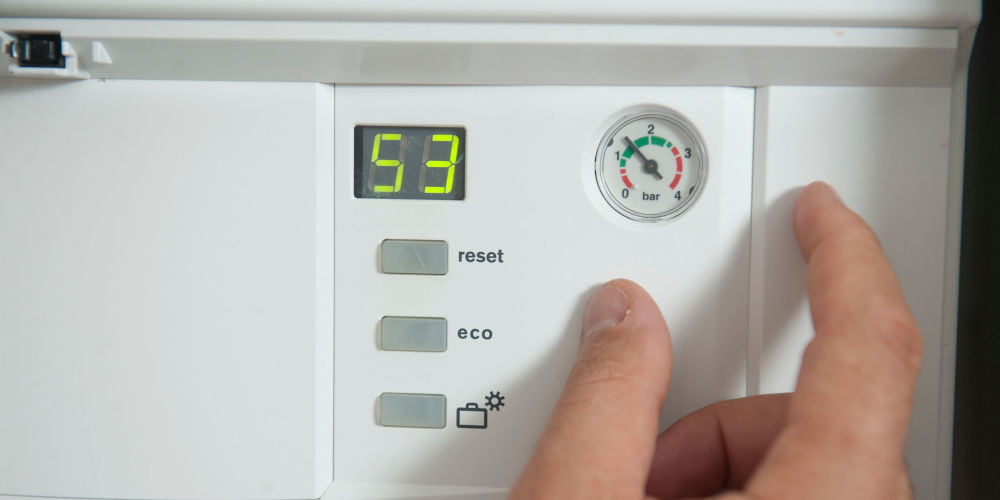
photo by CORGI HomePlan
Recap: How to bleed a radiator system
- Turn your heating on
- Identify which radiators need bleeding
- Turn off your central heating
- Prepare the area
- Open up the radiator bleed valve
- Bleed the radiator
- Repeat the process on all radiators
- Check the pressure of your heating system
When should you bleed radiators?
As you now know how to bleed a radiator, you might wonder how often should you? Ideally, you should bleed your radiators before you start to use the heating often.
You’ll then want to check your radiators every few months to ensure they are still operating at maximum efficiency. That said, you may still need to bleed a radiator every now and then.
How to bleed a radiator without a key
If you don’t have a bleed key or have lost yours, but you need to bleed a radiator, then you could use a flat-head screwdriver, a spanner or pair of pliers.
Should your radiator have a hexagonal socket, then you might be able to use an Allen key or failing that a flat-head screwdriver.
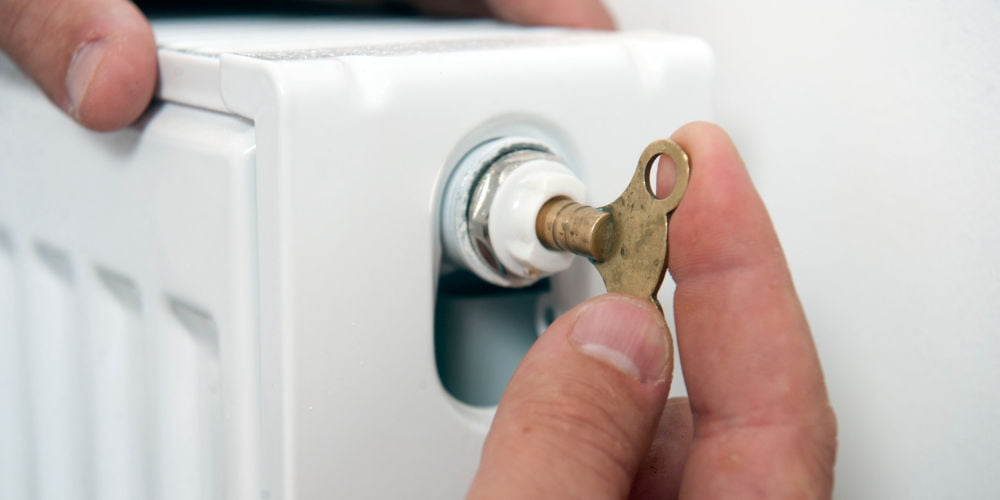
photo by CORGI HomePlan
Can I use automatic radiator valves to bleed my radiators?
Depending on what type of radiators in your home, it may be possible to bleed them automatically using an auto vent. These devices attach to your radiator valves and let out air gradually over time. You, therefore, don’t need to bleed them manually.
Did bleeding radiators have no impact?
Even if you bleed a radiator every few months, you still might find that you have cold spots and other issues. This likely means you have a more serious issue that requires attention.
You’ll need to look for leaks around your home, boiler and underneath radiators. Typically leaks result in damp patches or puddles and maybe even rust. You may be able to fix any leaks yourself or need to hire a plumber.
If you can’t find any leak or find a radiator which is continually cold at the bottom, then your heating system needs flushing to reduce the build-up of sludge. Dirt naturally collects inside your boiler, pipes and radiators and the only way to remove it is to drain the system.
If you haven’t drained a boiler before or are unsure, then it’s worth hiring a local heating engineer to help drain and power flush your system. They’ll also be able to identify any potential leaks and faults in your system.
That’s How to bleed a radiator
You now have a few different methods to help you bleed your radiators. Hopefully, you’ve found this article about how to bleed a radiator informative.




